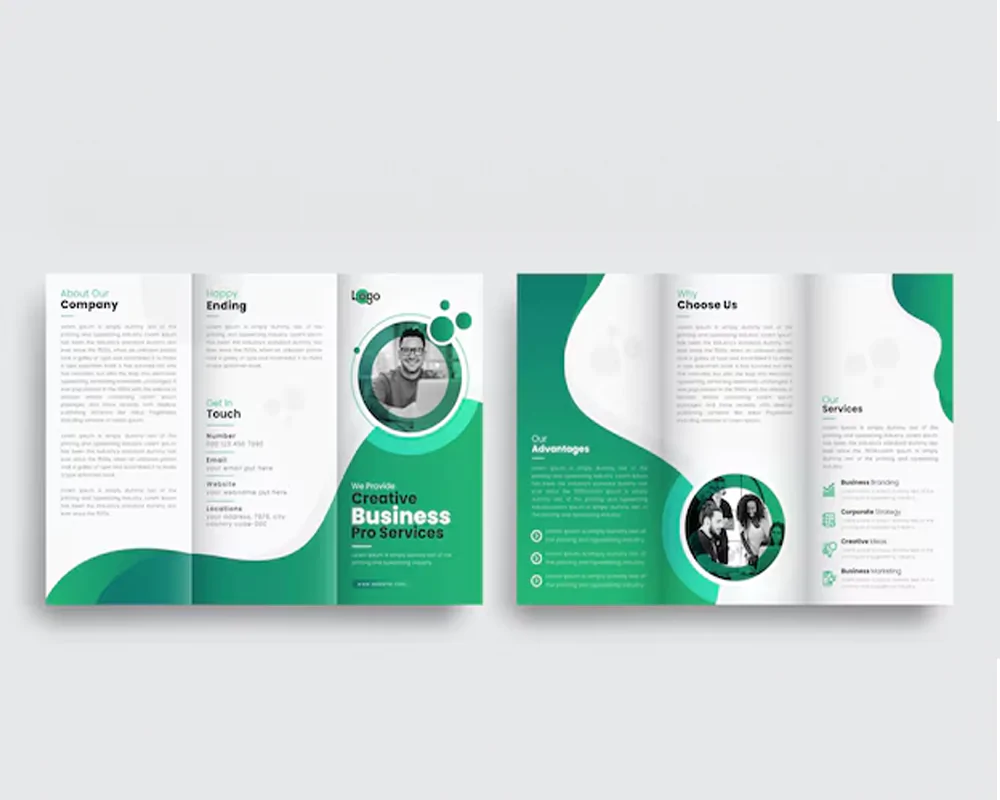When you’re in the medical device industry, trust isn’t earned overnight. It’s built through consistency, safety, and a system that proves your products meet the highest possible standards. That’s exactly what ISO 13485 certification does—it shows the world that your company doesn’t just manufacture medical devices, it manufactures them responsibly, safely, and in line with global regulatory requirements.
Now, let’s be honest—regulations in this sector can feel overwhelming. Between the FDA in the United States, the EU’s Medical Device Regulation (MDR), Health Canada, and countless other national authorities, it sometimes feels like every region speaks a different compliance language. ISO 13485, though, acts as the universal translator. It’s recognized worldwide as the go-to quality management standard for medical devices.
So, what does it really mean to be ISO 13485 certified? How does it help businesses meet compliance expectations while also making life easier in the long run? Let’s break it down in a way that blends the technical with the practical.
Setting the Scene: Why ISO 13485 Exists
Medical devices aren’t just gadgets—they’re life-sustaining, sometimes life-saving tools. A pacemaker isn’t just an electronic device, it’s a safeguard for someone’s heartbeat. A surgical instrument isn’t just steel; it’s precision designed to protect a life in the operating room.
Because of that, regulators worldwide demand proof that medical devices are consistently safe, effective, and reliable. And here’s where ISO 13485 steps in. First published in 1996 and refined over time, it provides a structured framework for organizations to implement a quality management system (QMS) tailored specifically to the medical device industry.
Unlike ISO 9001, which is broader and more generic, ISO 13485 drills down on medical devices, focusing heavily on risk management, sterile environments, traceability, and regulatory compliance.
What ISO 13485 Certification Actually Means
Certification isn’t just a certificate to hang on the wall—it’s third-party validation. It means an independent, accredited body has assessed your QMS and confirmed it meets all requirements of ISO 13485.
For businesses, that translates into:
- Meeting regulatory requirements in major markets like the EU, U.S., Canada, and Japan.
- Streamlining market approvals (because authorities recognize ISO 13485).
- Building customer confidence that your processes and products are managed under a globally trusted standard.
It’s essentially your ticket to play in the international arena of medical devices. Without it, market access becomes tricky, if not impossible.
The Core Elements—In Plain Language
While the full text of ISO 13485 can feel dense, its framework isn’t complicated when explained practically. Here are some of its main pillars:
- Quality management system – Documented processes, clear responsibilities, and consistent workflows.
- Risk management – Identifying risks at every stage of product design, production, and distribution, and taking steps to reduce them.
- Design and development controls – Making sure devices are designed systematically, tested thoroughly, and meet intended uses.
- Supplier management – Ensuring raw materials and components come from reliable, compliant sources.
- Traceability and record-keeping – Being able to trace every device, part, or batch back through the supply chain.
- Sterility and cleanliness – Special focus on sterile medical devices or those requiring controlled environments.
- Corrective and preventive actions – Systems to respond quickly when something goes wrong and to stop it from happening again.
Sounds like a lot? Sure. But in practice, it’s about building a culture where safety and compliance aren’t “extra tasks,” they’re part of daily work.
Why Regulatory Compliance Depends on ISO 13485
Different countries enforce their own regulations, and sometimes the complexity is enough to make companies feel like they need a legal team on staff full-time. For example:
- The FDA’s Quality System Regulation (21 CFR Part 820) shares a lot of DNA with ISO 13485. Companies certified to ISO 13485 often find it easier to comply with FDA audits.
- The EU MDR (Medical Device Regulation) expects manufacturers to demonstrate a robust QMS—ISO 13485 certification is widely accepted as evidence.
- Health Canada directly requires ISO 13485 certification for medical device licensing.
In other words, achieving certification is like building a single bridge that helps you cross multiple regulatory rivers. Without it, compliance becomes fragmented, inconsistent, and costly.
The Certification Journey—What It Looks Like
Let’s walk through the process step by step. It’s not as intimidating once you know the roadmap:
- Gap analysis – Compare current processes with ISO 13485 certification requirements to see where you stand.
- Planning – Build an implementation plan with timelines, responsibilities, and milestones.
- Documentation – Create or refine quality manuals, SOPs, records, and risk management files.
- Implementation – Train employees, roll out new systems, and monitor how they work in practice.
- Internal audit – Your team reviews the QMS internally to catch issues early.
- Management review – Leadership checks if the system aligns with company goals and compliance needs.
- Certification audit – An external body audits your QMS in two stages: documentation review, then on-site assessment.
- Certification issued – Congratulations! But remember, surveillance audits follow yearly to ensure ongoing compliance.
Some companies breeze through in 6–12 months; others take longer depending on size, complexity, and readiness.
Real-World Benefits (Beyond Compliance)
Here’s where things get interesting. Companies often approach ISO 13485 just to satisfy regulators. But once certified, they discover other benefits:
- Global credibility – Certification is a badge that speaks the same language everywhere.
- Operational efficiency – Structured processes mean fewer mistakes and less rework.
- Customer trust – Hospitals, distributors, and patients trust certified companies more readily.
- Market growth – Certification opens doors to markets that would otherwise be closed.
- Employee confidence – Staff feel proud working in a certified, globally recognized environment.
It’s a bit like installing air conditioning for compliance, then realizing it also improves comfort, productivity, and customer satisfaction.
Common Misconceptions
Some myths still surround ISO 13485 certification. Let’s address a few:
- “It’s only for large manufacturers.” Wrong—small businesses, startups, and even suppliers benefit hugely.
- “It’s too expensive.” The upfront cost is real, but compared to failed audits, rejected products, or blocked exports, it’s an investment that pays back quickly.
- “Once certified, we’re done.” Certification isn’t permanent. It requires ongoing maintenance, audits, and improvements.
- “We’ll lose flexibility.” Not true—ISO 13485 is structured, but it allows customization for your processes.
Challenges Companies Face
Of course, achieving ISO 13485 certification isn’t always smooth sailing. Some common hurdles include:
- Resistance to change – Employees may see new procedures as extra work.
- Documentation overload – Companies underestimate how much record-keeping is required.
- Time pressure – Trying to achieve certification too quickly can cause burnout.
- Supply chain gaps – If suppliers aren’t compliant, your certification is at risk.
But every challenge has a solution. Good training, leadership commitment, and clear communication usually make the journey much smoother.
Global Case Studies
- A medical device startup in Germany struggled to enter Asian markets until they achieved ISO 13485 certification. Within a year, their export revenue doubled.
- A mid-sized orthopedic implant manufacturer in India reduced audit findings by 70% after certification, boosting their reputation with hospitals.
- A U.S.-based supplier of diagnostic kits used ISO 13485 to streamline their design processes, leading to faster approvals from the FDA.
These aren’t isolated stories—they’re everyday examples of how certification reshapes opportunities.
ISO 13485 as a Foundation for the Future
One thing worth noting: ISO 13485 isn’t the final step. It often acts as a foundation for even more robust systems like:
- ISO 14971 (Risk Management for Medical Devices)
- MDSAP (Medical Device Single Audit Program)
- ISO 9001 (General Quality Management)
By achieving ISO 13485, companies position themselves to integrate seamlessly with these advanced frameworks.
Bringing It Back to People
Behind every technical clause and regulatory demand lies a simple truth: medical devices are about people. About patients relying on dialysis machines. About surgeons trusting implants. About families depending on diagnostic results.
ISO 13485 certification ensures that the processes behind these devices aren’t left to chance. It’s not just compliance—it’s responsibility. And training your teams, documenting your work, and passing those audits are ways of saying, “We value human lives enough to get it right every time.”
Final Thoughts
ISO 13485 certification is more than a box to tick—it’s a bridge to compliance, credibility, and market access. It’s what makes regulators trust you, customers choose you, and employees believe in what they do.
Yes, it requires commitment, paperwork, and persistence. But the payoff is undeniable: fewer risks, smoother regulatory approvals, stronger global presence, and above all, safer medical devices.
Because when it comes to healthcare, compliance isn’t just about following rules—it’s about saving lives. And that’s exactly what ISO 13485 certification helps ensure.



